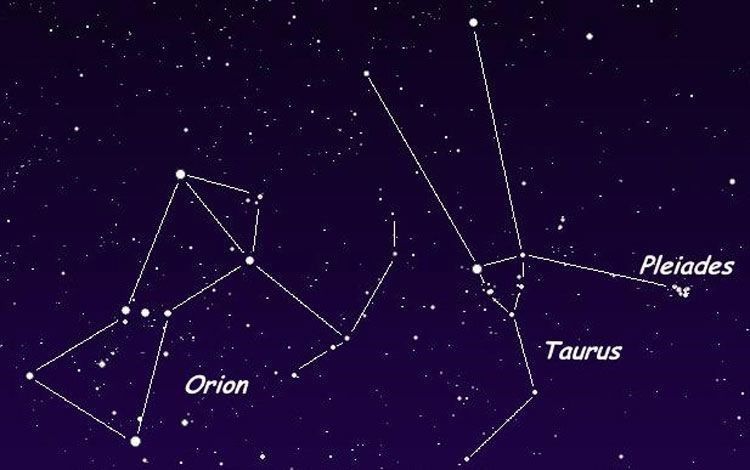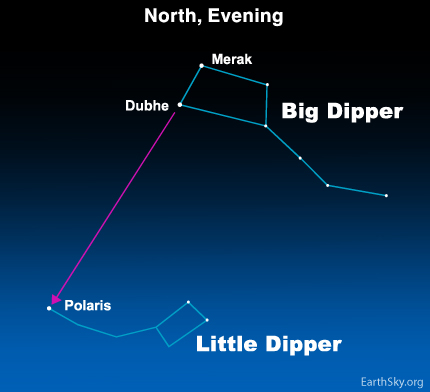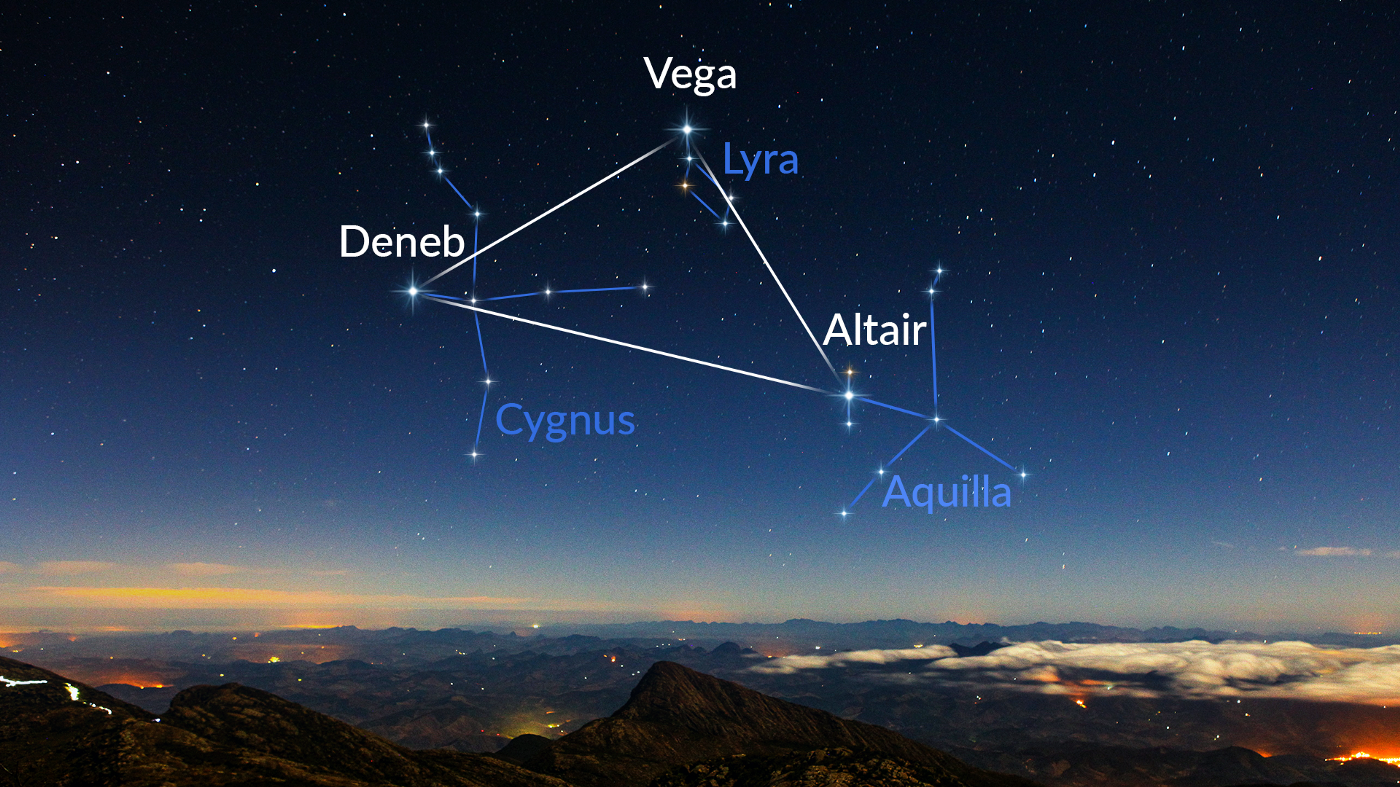THE SOUTHWORTH PLANETARIUM
70 Falmouth Street Portland, Maine 04103
(207) 780-4249 usm.maine.edu/planet
43.6667° N 70.2667° W
Altitude: 10 feet below sea level
Founded January 1970
2021-2022: CV
"No. Try not. DO or do not. There is no try."
-Yoda
(who apparently never sat for a calculus exam.)
THE DAILY ASTRONOMER
Wednesday, March 6, 2022
April 2022 Night Sky Calendar Part III: April Stars and Planets
APRIL STARS
ORION DESCENDS

Each April we observe the mighty Orion and his encircling entourage descending in the western early evening sky. By month's end, the Pleiades Star Cluster, poised on Taurus' shoulder, will vanish into the dusk. Taurus follows the sisters by early May; Orion by mid-May. Classified as winter patterns after the season when they remain visible throughout most of the night, these stars will remain out of view when summer begins. The Pleiades peeks up in the early morning sky by mid July; Taurus and Orion by early to mid August. Then, the cycle begins anew, just as it has for centuries in the past and just as it will continue to do so for centuries in the future. Eventually, Earth's precessional wobbling will shift the constellations enough to alter this cycle. However, throughout the remainder of our lives and well beyond, Orion and the retinue of constellations around him will dominate the winter sky, only to slowly dissolve into the mid-spring dusk.
DIPPER UP!

Unlike Orion and Taurus, the Big and Little Dippers remain above the horizon throughout the night and all year long. Remember: circumpolars never set However, at times, circumpolar patterns are difficult to observe owing to their low positions along the horizon. The Big Dipper, the famous asterism within Ursa Major, lies low early on winter evenings, but in spring begins the night higher in the northeastern sky. From April until late summer/early autumn, the Big Dipper is easily observable just as darkness descends. As always, its outer two bowl stars, Dubhe and Merak, point directly to the north star Polaris, which, itself, is the end handle star in Ursa Minor, or the Little Dipper.
SIGHTING THE SUMMER TRIANGLE

Now that the winter stars are preparing to set, the Summer stars are set to rise into the evening sky. Principal among these summer patterns is the grand Summer Triangle, which insinuates itself into the mid evening sky by month's end. One first sees Vega, the triangle's brightest star, rising high in the northeast by 9 p.m. Deneb, which marks the tail of Cygnus as well as the triangle's northern corner, appears less than an hour later. Soon thereafter, Altair, the Summer Triangle's southern point star, rises, completing the pattern. Within the next month, the Summer Triangle will dominate the evening sky and continues to do so well into autumn.
APRIL PLANETS
MERCURY: Mercury makes itself scarce at the beginning of the month. However, this elusive first world emerges into the western evening sky by the end of April. VERDICT: Best to see Mercury the last week of April! Venture outside a half hour after sunset and look low along the western horizon. Mercury will be the only planet visible in the evening sky this month.
VENUS: PICK PLANET!
A stunningly gorgeous sight for early morning risers! Venus dazzles and delights before the Sun rises. Venus outshines all the planets and will continue to do so forever unless, of course, Jupiter does supernova, which, well, can never actually happen. VERDICT: Seek our Venus if you're up and out before sunrise. A bright and beautiful beacon in the western evening sky.
MARS
Although not yet brilliant, Mars is slowly growing brighter as it draws ever closer to Earth. Mars rises before 3 a.m. and is easy to spot before the pre-dawn twilight obscures the sky. VERDICT: Catch a glimpse of Mars if you're outside admiring Venus, anyway. No worries if you miss the red planet, which will become brighter throughout the spring, summer and fall.
JUPITER
The behemoth planet has returned to the early morning sky. Although it rises after 3 a.m, this gas giant king shines brighter than any night sky star, but still remains six times dimmer than Venus. VERDICT: You'll see Jupiter if you're out before dawn. It will become easier to see as the month progresses. Be sure to see Jupiter and Venus "together" on April 30th!
The behemoth planet has returned to the early morning sky. Although it rises after 3 a.m, this gas giant king shines brighter than any night sky star, but still remains six times dimmer than Venus. VERDICT: You'll see Jupiter if you're out before dawn. It will become easier to see as the month progresses. Be sure to see Jupiter and Venus "together" on April 30th!
SATURN
Although it shines as brightly as Mars, it lacks the reddish hue. Of all the four morning sky planets, Saturn is the one least likely to command your attention. It rises by 3 a.m. and the beginning of April; 1:15 a.m. by the end of the month and maintains a consistent brightness (magnitude 0.9) throughout. VERDICT: Saturn is always worth a look, even though the magnificent ring system isn't visible to the unaided eye. If you're out looking at the other worlds, cast at least a passing glance at the sixth world.
To subscribe or unsubscribe from the Daily Astronomer: